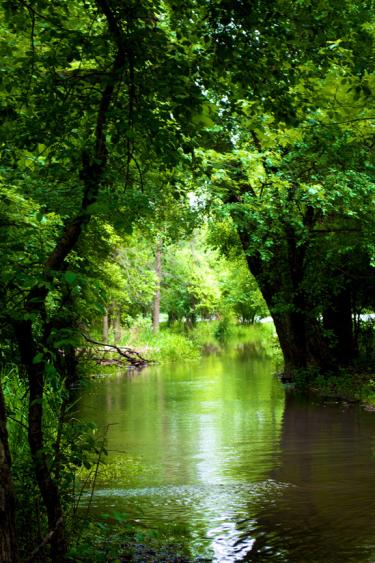The Top Five Ways Floods Affect Your Forest
How a flood affects your forest depends on many factors. Part of it is the makeup of your woodland. Trees that are adapted to occasional floods—such as baldcypress, tupelo and green ash—are more resilient when waters rise. Older, more established trees fare better too, because their bark is not as thin and vulnerable to injury and their roots are more expansive.
The other piece of the puzzle is the makeup of the flood. The flood’s duration, depth, time of year and salinity—all of these are important.
So what happens when flood meets forest?
- Root damage. If the floodwaters are fast-moving, they can undermine root systems by washing away the soil around them. Undermined trees are more likely to fall, and exposed roots are more susceptible to drying out, freezing or disease.
- Injured trees. Debris in fast-moving waters can wound trees, leaving them open to disease and decay.
- Suffocation. Deposited mud, sediment and standing water can saturate the soil, depleting it of oxygen and suffocating trees. The higher the water line, the greater the damage: a tree’s chance of surviving goes down if it’s completely submerged.
- Contamination. Floodwaters can carry contaminants, or introduce saltwater—and salt—to your soil. These changes can cause tree health to decline.
- New growth. It isn’t always a bad thing when a forest floods. Floods can also clear weaker trees and competing plants from the forest floor, and stimulate growth in seedlings and surviving trees.
You can get more detailed information on how floods affect trees and the factors that affect this damage from the “Flooding Effects on Trees” factsheet from the University of Minnesota Extension.
If a flood does affect your woods, there are steps you can take to limit the damage.
How can I get more tips?
It’s simple! Enter your email below.

